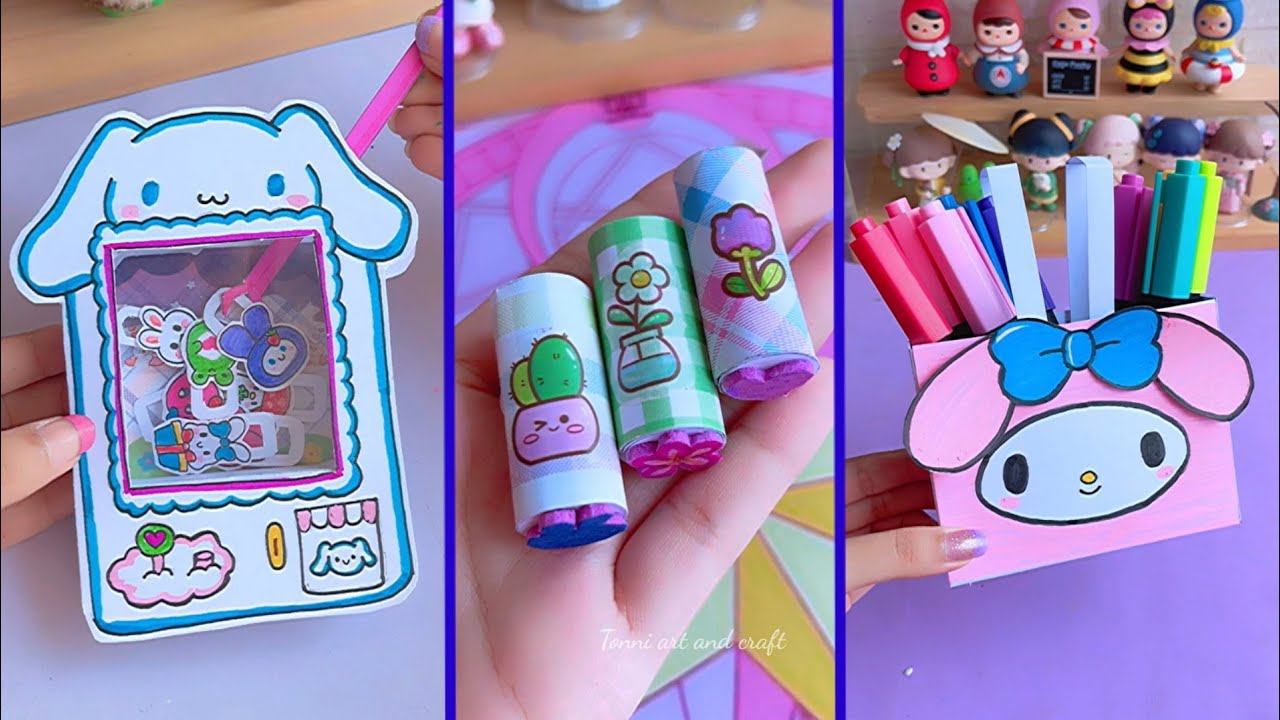The Ultimate Guide to Art and Craft for Parents
Oh, hello there, amazing parents! Are you ready to dive into the wonderfully colorful world of art and crafts with your little ones? You’ve landed in the perfect spot! Crafting isn’t just a pastime; it’s the secret ingredient to a magical bond between you and your kiddos. So, grab your glue sticks, because we’re about to embark on a creative journey that will light up your children’s imagination, enhance their motor skills, and sprinkle their world with heaps of fun!
Why Art and Craft Matter for Your Mini Picassos
Art and craft activities aren’t just about making a mess (although that’s part of the charm). By encouraging your children to express themselves through art, you’re planting the seeds of creativity and watching their confidence grow like sunflowers reaching for the sun. And let’s not forget, engaging in these playful projects will fine-tune their dexterity, hand-eye coordination, and even their social skills when crafting with friends. It’s all about learning in a fun, vibrant way!
The Benefits of Getting Crafty with Your Kids
- Creativity Unleashed: Art and craft projects allow free rein of imagination, fostering innovative and original thinking in children.
- Enhanced Fine Motor Skills: From snipping paper with scissors to threading beads, little hands get a big workout!
- Patience and Perseverance: Completing a craft requires focus and patience, teaching kids to see tasks through to the end.
- Sensory Exploration: Handling different textures and materials can be a treat for the senses and stimulate learning.
- Quality Time: Sharing a crafty moment with your children is irreplaceable. It’s the stuff that warm memories are made of.
Building Your At-Home Craft Kit
Don’t worry, darlings; you don’t need to empty the shelves at your local craft store to get started. A well-stocked craft kit just needs a few essentials to ignite limitless possibilities. Let’s peek at what your crafty toolbox should have:
- Colored Paper: The foundation of countless projects, colored paper is your first port of call for creativity.
- Crayons, Markers, and Paints: Perfect for adding a dash of color and life to any creation.
- Glue: Whether it’s a glue stick or liquid glue, it’s the backbone of keeping the creations together.
- Scissors: Kid-safe scissors are a must for snipping shapes and adding fine details.
- Embellishments: Stickers, pom-poms, googly eyes, and glitter can add spark to any project (but let’s be prepared for a bit of glittery aftermath!).
Tips for Crafting with Toddlers and Preschoolers
Engaging younger children in art and craft activities is akin to herding cats, cute but chaotic. Fear not! With these tips, you’ll turn potential messy madness into delightful fun:
- Keep it Simple: Select projects appropriate for their age; overly complicated tasks can lead to frustration.
- Safe Materials: Ensure all materials are non-toxic and safe for little hands to explore.
- Preparation is Key: Before the kiddos sit down, have all materials ready to go to keep the flow smooth.
- Embrace the Mess: Lay down newspapers or a tablecloth, and remember, it’s okay to get a bit messy.
- Patience and Praise: Be patient and offer lots of positive reinforcement—every scribble is a masterpiece in your child’s eyes.
As you can see, arts and crafts are more than just a fun activity; they’re an important part of your child’s development and a fantastic way to spend time together. So, roll up your sleeves, and let’s get ready to create something beautiful. Keep on reading for even more delightful tips, crafty ideas, and projects in the next section of our guide.

Preparing for Art and Craft: 5 Things Every Parent Should Know
As the eager guardian of a future budding artist or craft genius, knowing how to prepare makes all the difference. Let’s look at the invaluable insights that will pave the way for a smooth crafting voyage with your little ones.
1. Plan Ahead for Success
Nothing beats a well-laid plan. Think about age-appropriate crafts and consider your child’s interests and abilities. Scour the Internet for fun ideas or take inspiration from children’s books. A plan will help you avoid mid-craft meltdowns and ensure a happier experience for everyone involved.
2. Space Matters
Choose a dedicated space for crafting that can tolerate the inevitable spills and thrills. Whether it’s a corner of your kitchen or a craft table in the playroom, having a go-to spot means less setup time and fewer interruptions to your child’s creative flow.
3. Safety First
Before you unleash the power of creativity, make sure everything is child-friendly. Non-toxic materials, child-safe scissors, and washable paints are your best friends. Plus, keeping a first aid kit close by ensures you’re prepared for any little surprises.
4. Manage Expectations
Both yours and your child’s. It’s about the process, not the product. If your little one’s dinosaur looks more like a blob, rejoice! Celebrate their effort and imagination rather than aiming for perfection. This helps build their self-esteem and love for the arts.
5. Get Involved
Children love when their parents join in the fun. By crafting alongside them, you’re not only demonstrating your support for their creative pursuits but also opening up opportunities for teaching and bonding. Don’t be afraid to get your hands dirty—it’s all part of the memorable experience.
Ready your crafting area with excitement and positivity. By planning ahead, setting up a dedicated space, prioritizing safety, managing expectations, and being an active participant, you’re well on your way to making art and craft time a favorite family memory. So, let the colors fly, the imaginations soar, and the memories form, one craft session at a time.
. For more information see here
Disclaimer
The articles available via our website provide general information only and we strongly urge readers to exercise caution and conduct their own thorough research and fact-checking. The information presented should not be taken as absolute truth, and, to the maximum extent permitted by law, we will not be held liable for any inaccuracies or errors in the content. It is essential for individuals to independently verify and validate the information before making any decisions or taking any actions based on the articles.




